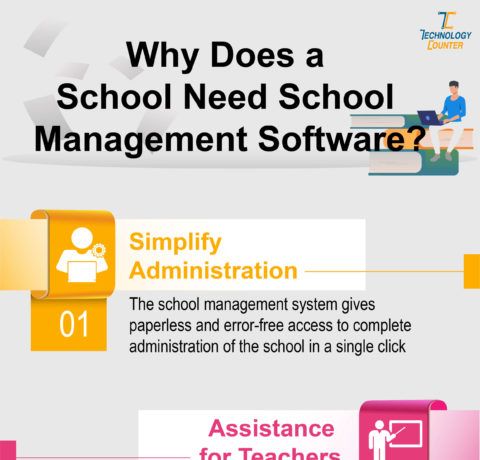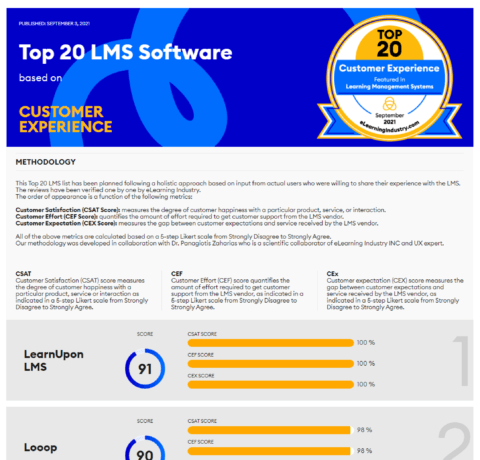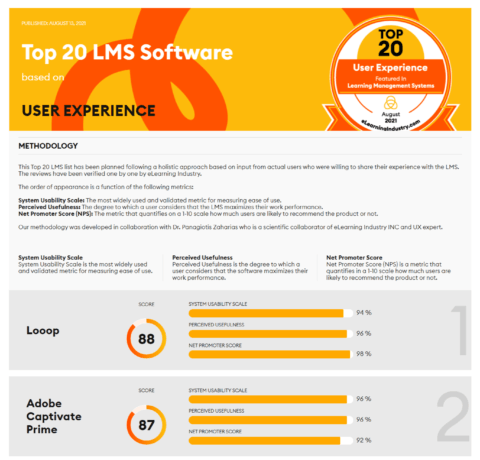The Evolution of Technology in Schools Infographic
There’ve been several significant advancements in educational technology over the past few years. From filmstrips to tablets and learning management systems, technology keeps changing in an extremely fast pace and reshaping the way everyone views education. Webanywhere have created The Evolution of Technology in Schools Infographic to illustrate some significant technological innovations for the classroom through the years.
Check out the list below:
- 1860: One-room school houses & the blackboard. A single teacher taught academic basics to several grade levels of primary-age children.
- 1920: Radio. On-air classes became available for any student.
- 1930: Overhead Projector. Used to display images in the classroom.
- 1940 - 1980: Filmstrips. Still image instructional multimedia, once used by educators in primary and secondary schools.
- 1951: Videotapes. Magnetic tapes were used to store motion images and sound.
- 1954: B.F. Skinner’s Teaching Machine. Its aim was to improve teaching methods for spelling, math, and other school subjects by using a mechanical device.
- 1959: Photocopier. Making paper copies of documents and pictures.
- 1960: Whiteboards. The replacement of blackboards with whiteboards started in the early 60’s.
- 1964: BASIC Programming Language. John G. Kemeny and Thomas E. Kurtzwanted designed the BASIC programming language to enable students to use computers.
- 1972: Scantrons. Scantron sheets were testing aids that turn exams into multiple guess puzzles using the method of data acquisition.
- 1972: Handheld Calculator. Used by students for quick mathematical calculations.
- 1975: Apple 1. Apple Inc began donating Apple 1 model desktop PCs to schools.
- 1981: First portable computer. IBM introduced its first personal computer weighing 24 pounds.
- 1982: BBC Micro. BBC Micro was used in the creation of student’s own programs.
- 1990: World Wide Web. The world wide web became available to students in schools.
- 1993: Personal Digital Assistants (PDAs). A mobile device that functions as a personal information manager.
- 2002: Moodle LMS. Moodle is the largest open-source learning management platform in the world, used both for education and business.
- 2003: Social Media. MySpace was introduced first with Facebook and Twitter following. Many schools are restricting access to social media, while others have embraced them.
- 2010: iPads and Tablets. The popular tablet allowed pupils to record high quality videos and podcasts, improve research on the Internet, create great reports, presentations and many other things.
- 2012: Raspberry Pi. The pocket-sized computers are promoting the teaching of basic computer science in the classroom.
- 2015: BBC micro:bit. The ARM-based embedded system is used in computer education to encourage pupils to get involved in writing software.
Prediction for the future
Virtual Reality and Learning: This could combine the best aspects of both real-world classrooms and distance e-learning into a single virtual learning management system.
Webanywhere have developed School Jotter, a virtual learning environment, for the classroom, already used by more than 2,000 schools in the UK. Teachers and administrators can create a unique online presence and website for their school in just a few easy steps.







You can adjust your cookie preferences here.